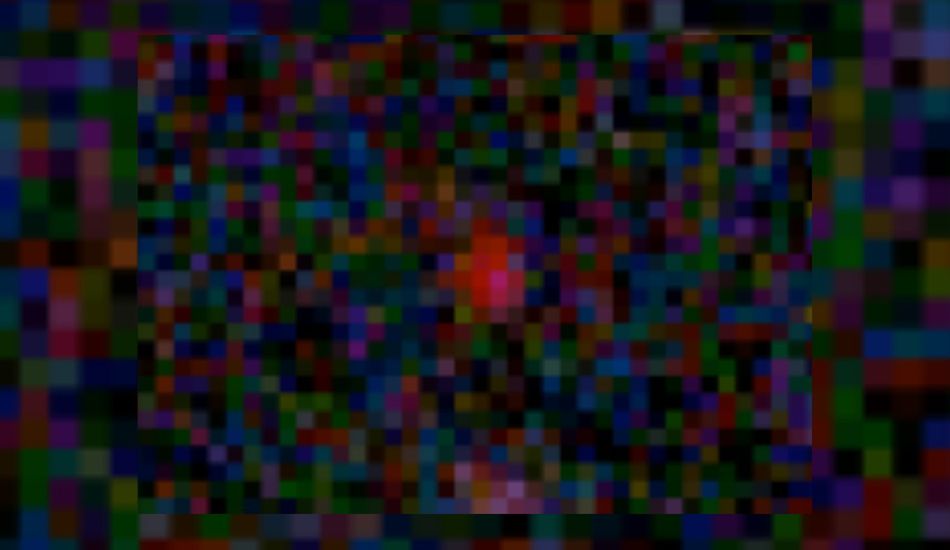
JWST Finds Most Distant Galaxy Yet
The James Webb Space Telescope (JWST) continues to rewrite our understanding of the early universe. Its latest discovery, a galaxy designated MoM-z14, is currently the most distant galaxy ever detected, a staggering feat considering its light originated a mere 280 million years after the Big Bang. This represents a significant advancement, pushing the boundaries of our observable universe further than ever before.
Unexpected Luminosity
MoM-z14’s redshift of z = 14.4 indicates that its light has been stretched significantly by the universe's expansion. Remarkably, this ancient galaxy is unexpectedly luminous, joining a growing number of early galaxies that shine far brighter than predicted by existing models. This high luminosity is not attributed to a supermassive black hole, but rather to dense populations of young, bright stars. The sheer brightness challenges current theories on the speed of star and galaxy formation in the early universe.
Revolutionizing Our Understanding of Galaxy Formation
The JWST’s infrared capabilities surpass those of Hubble and Spitzer, enabling unprecedented observations of early galaxies. Not only can it detect these distant objects, but it also allows for detailed analysis of their structure and composition. For instance, the JWST revealed a stellar bar in the galaxy EGS23205, a feature previously unseen and challenging existing assumptions about galaxy evolution.
Techniques like gravitational lensing further enhance JWST's capabilities. By using the gravitational magnification provided by massive galaxy clusters like Abell 2744, the telescope can observe even fainter, more distant objects—some just 350 million years after the Big Bang—providing invaluable insights into the early universe.
Chemical Composition and Implications
The chemical signature of MoM-z14, particularly its high nitrogen-to-carbon ratio, offers additional clues. This composition is similar to ancient globular clusters in the Milky Way, suggesting a possible continuity in star-forming environments over billions of years. This discovery may also hint at a larger trend, with early galaxies potentially splitting into two groups: compact, nitrogen-rich galaxies like MoM-z14 and more dispersed, nitrogen-poor galaxies. These compact galaxies might represent a new class of early universe objects, offering valuable information about the initial burst of star formation.
While future telescopes, such as the Roman Space Telescope, promise further discoveries, the JWST has already dramatically altered our understanding of galaxy formation, and future breakthroughs are anticipated.
Source: Gizmodo